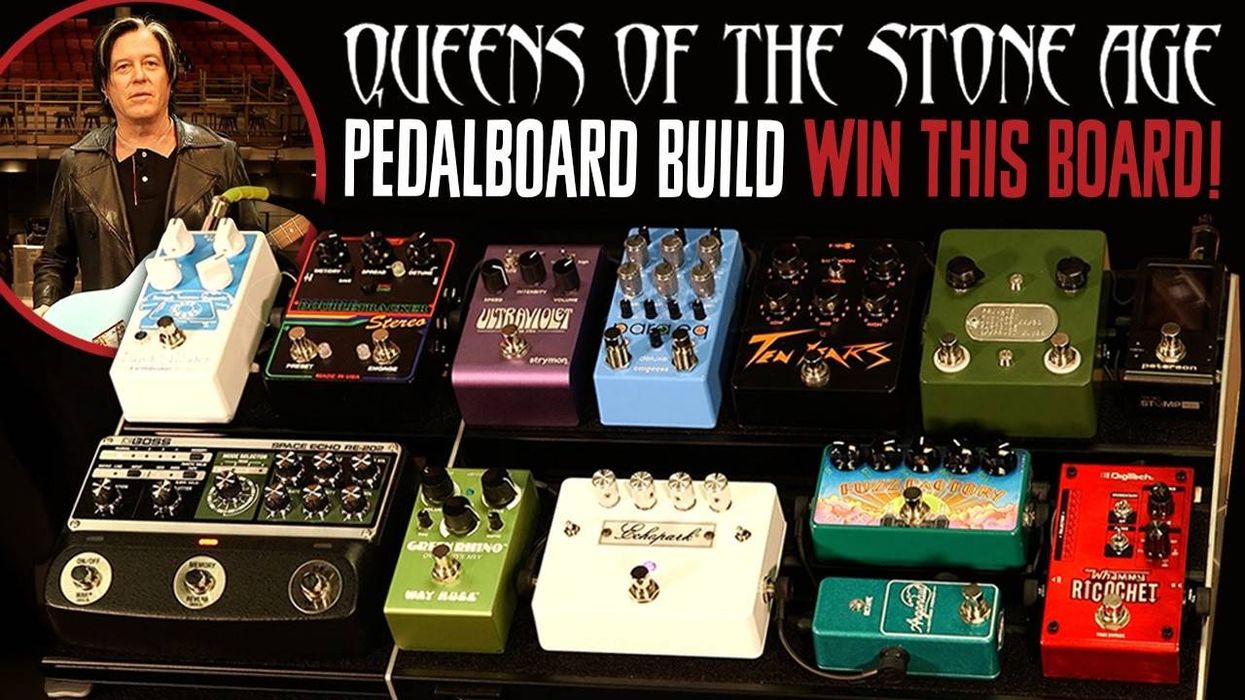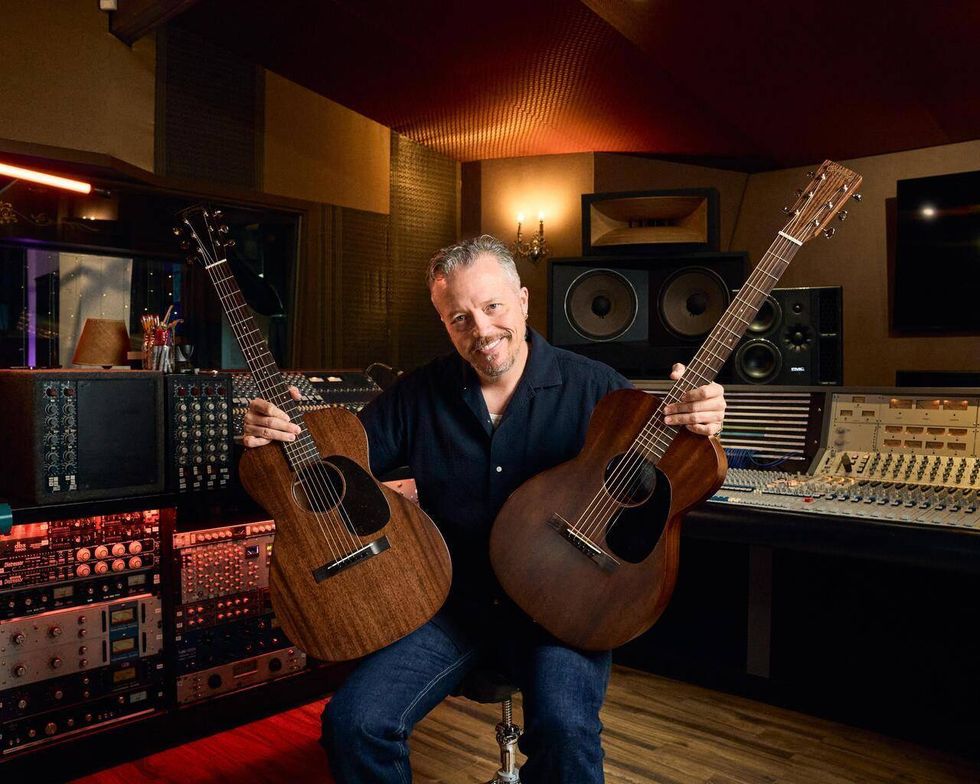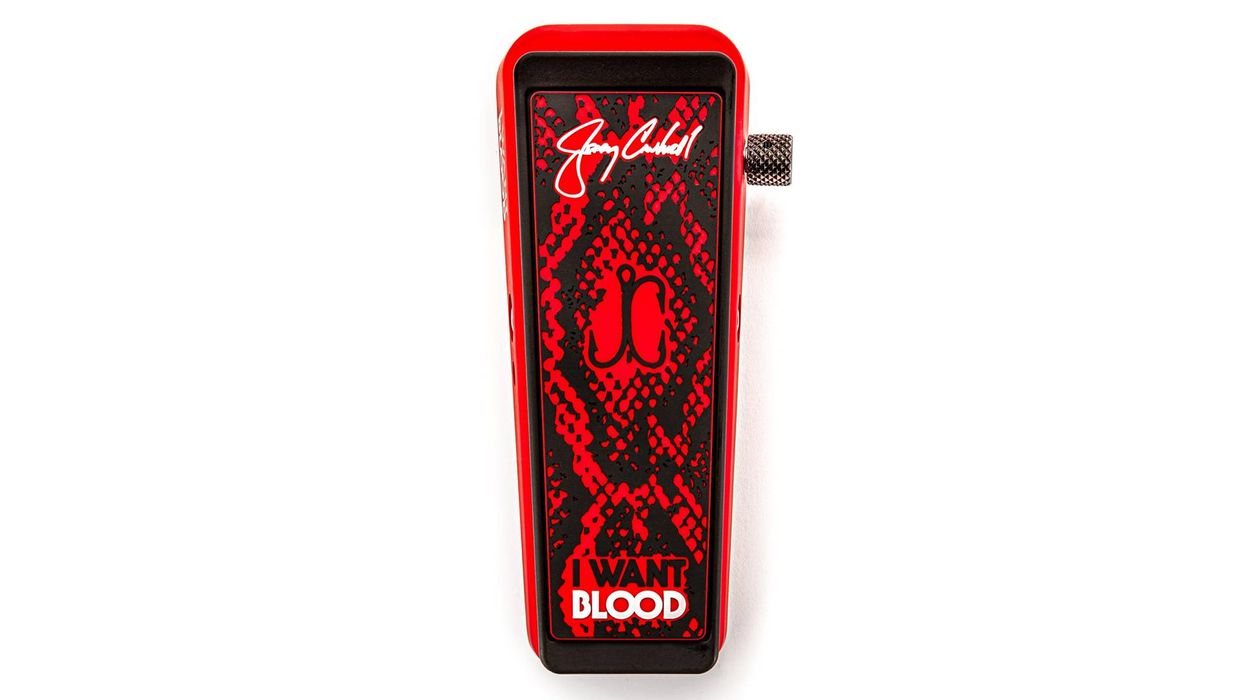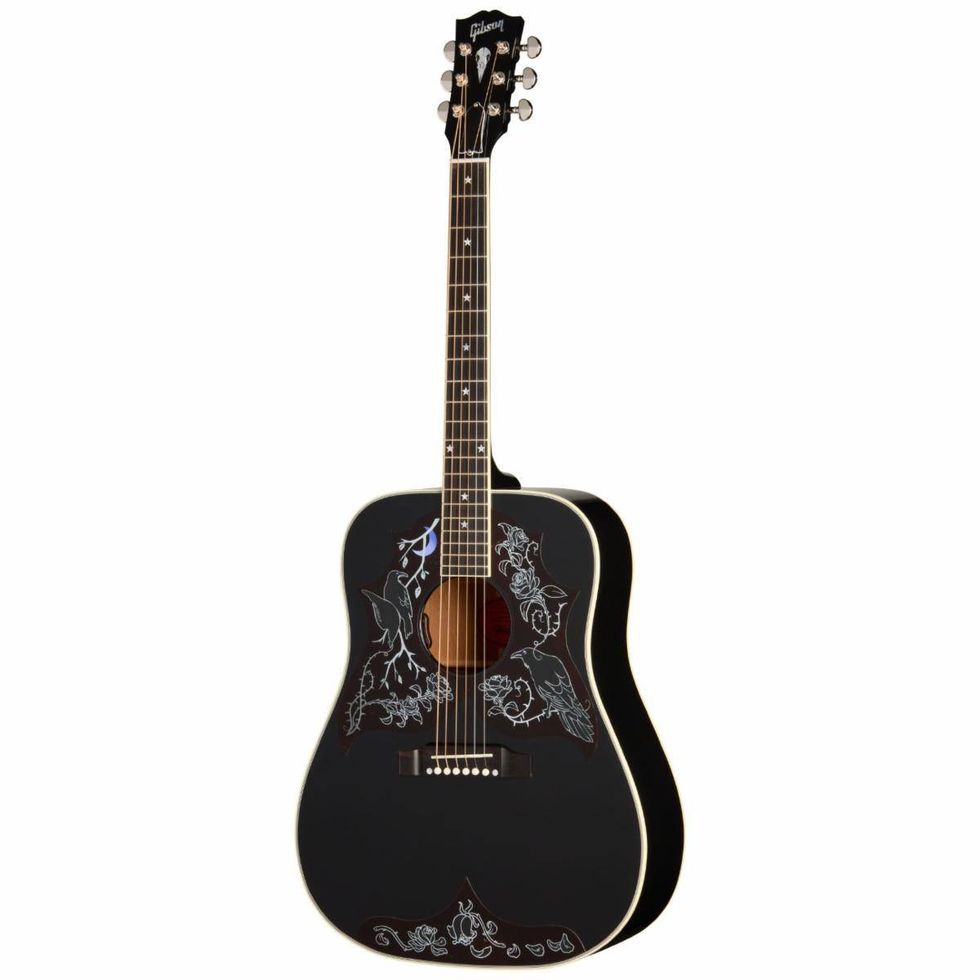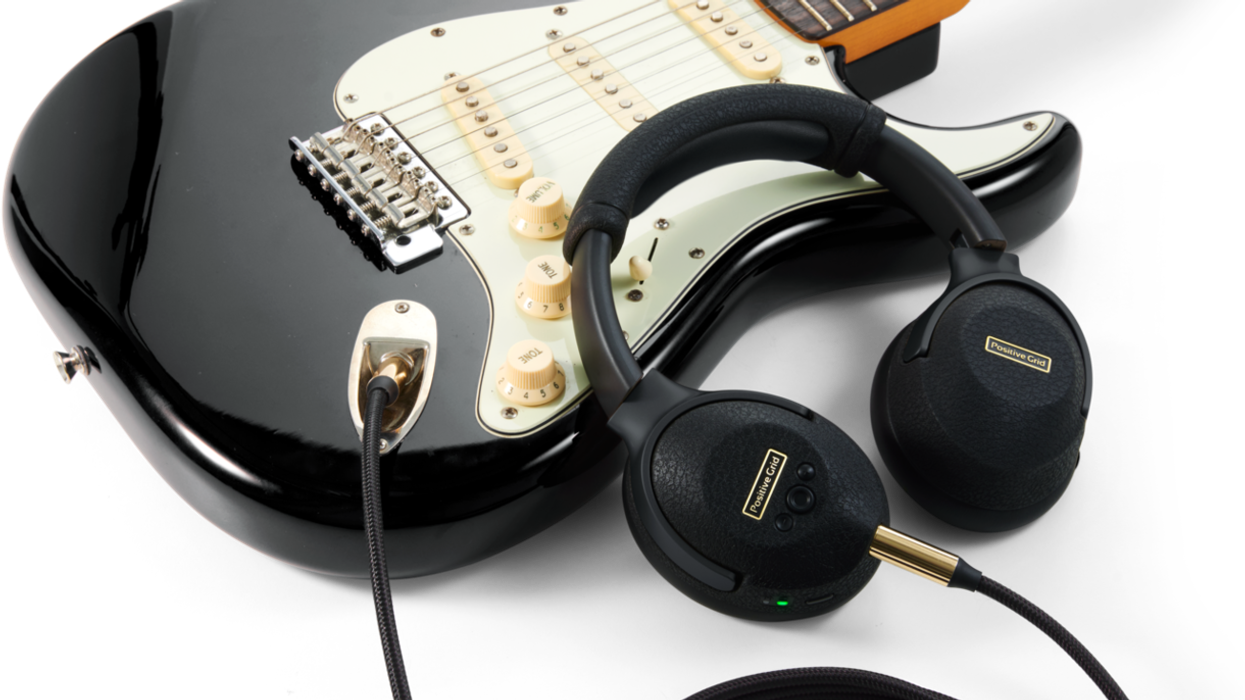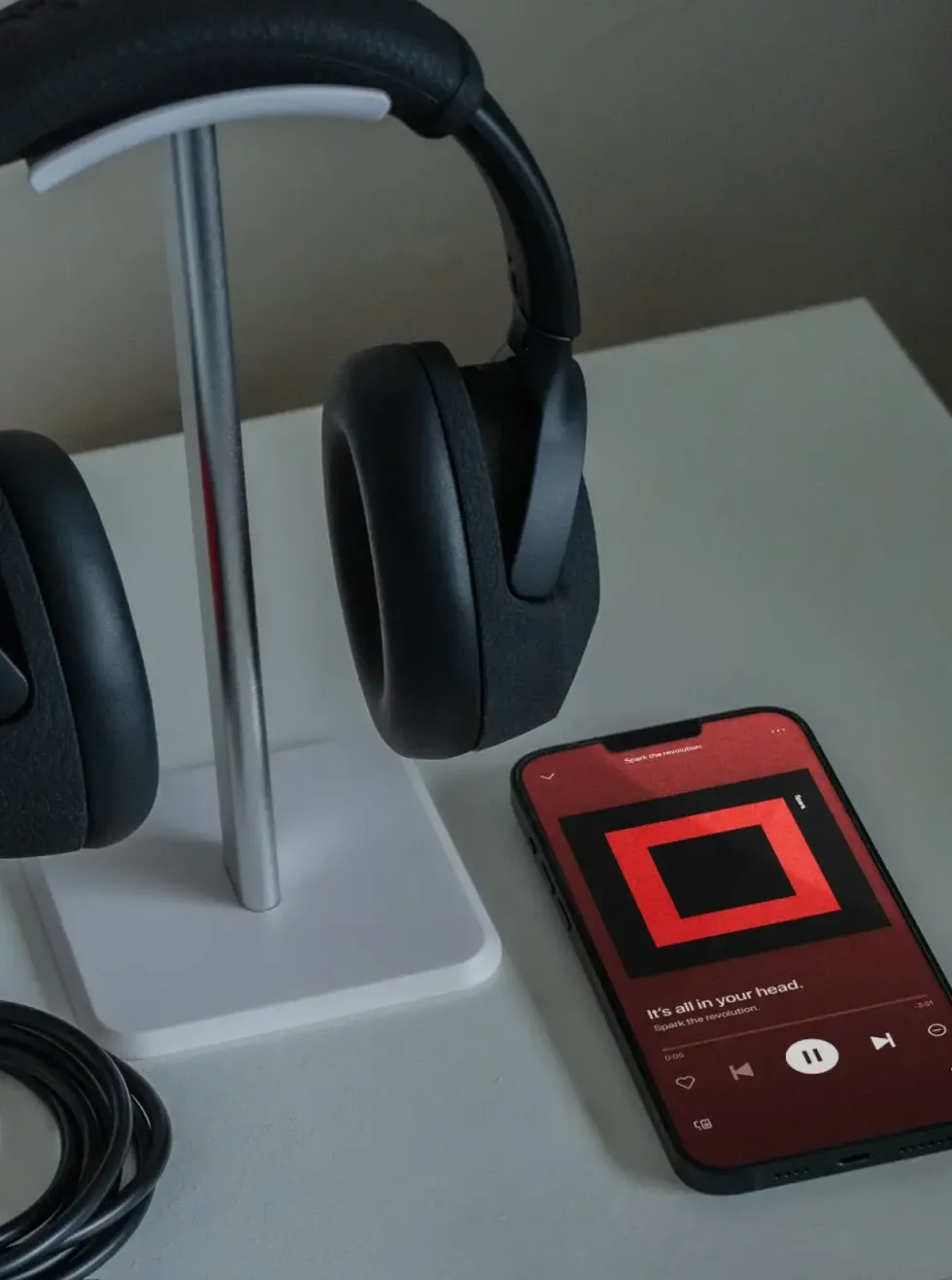Ed Sheeran launches his own line of looper pedals. These stomps feature hold functionality designed to undo/redo and clear your loops with ease.
Ed Sheeran launches the “Looper +” and “Looper X”. Both models share the same DNA as Ed’s signature stadium-stage looper. Crafted by Ed and his production team in collaboration with in Music Brands Inc, Sheeran Loopers showcase state-of-the-art audio technology powered by HeadRush FX.
The Sheeran Looper + is a compact, and featured-packed looper, tailor-made for street and stage performances. Looper + features the same die-cast aluminum pedals from Ed’s stadium-stage looper alongside a full-color LCD display, LED performance feedback, and unique looper modes to spark creativity. Looper + offers professional 32-bit audio quality, mains, and battery power options with microphone, instrument, and USB connectivity. Priced at just $299, “Looper +” unleashes class-leading technology, catering to performers at every level – from newcomers embarking on their looping journey to seasoned pros seeking an electrifying upgrade.
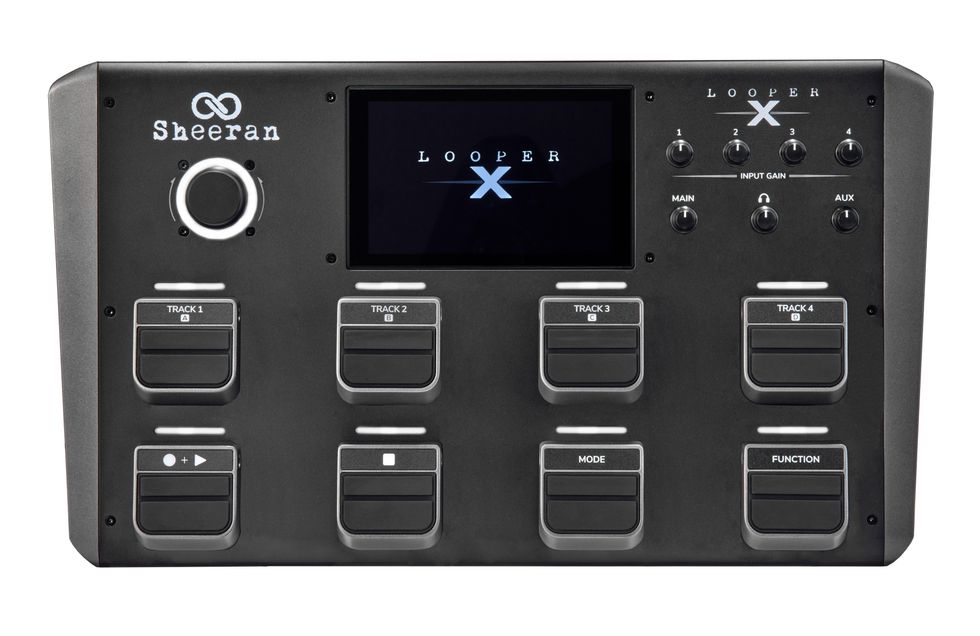
Sheeran Looper X
Looper X is a evolution of Ed’s stadium looping tech with pro audio, tour-grade hardware, and world-class looping software. Featuring Ed’s iconic Sheeran Looper workflow, precision-engineered die-cast aluminum pedals, a 7” multi-touch display, and an RGB LED performance feedback system. Other key features include versatile looper modes, loop remix functions, real-time waveform rendering and metering, a built-in chromatic tuner, a professional Multi FX engine, and 32-bit audio powered by the mighty Headrush FX. The Sheeran Looper X includes an impressive array of professional I/O with USB audio and expandable SD card storage. Priced at just $1199, Looper X offers Ed Sheeran’ssignature looper tech in a completely stand-alone package for musicians to elevate their own songwriting and craft inspiring live performances.
The Sheeran Loopers Story - (Full Version)
“We wanted to give people all my looping tools,” says Ed. “The technology we developed over the past decade has helped me share my craft with people all over the world and we can’t wait to see what you can do with it.”
“We have worked with in Music and the team at HeadRush FX for years now, it felt like the right step to join forces and bring together all our tech to make this happen.”
MAP: $299.
For more information, please visit sheeranloopers.com.
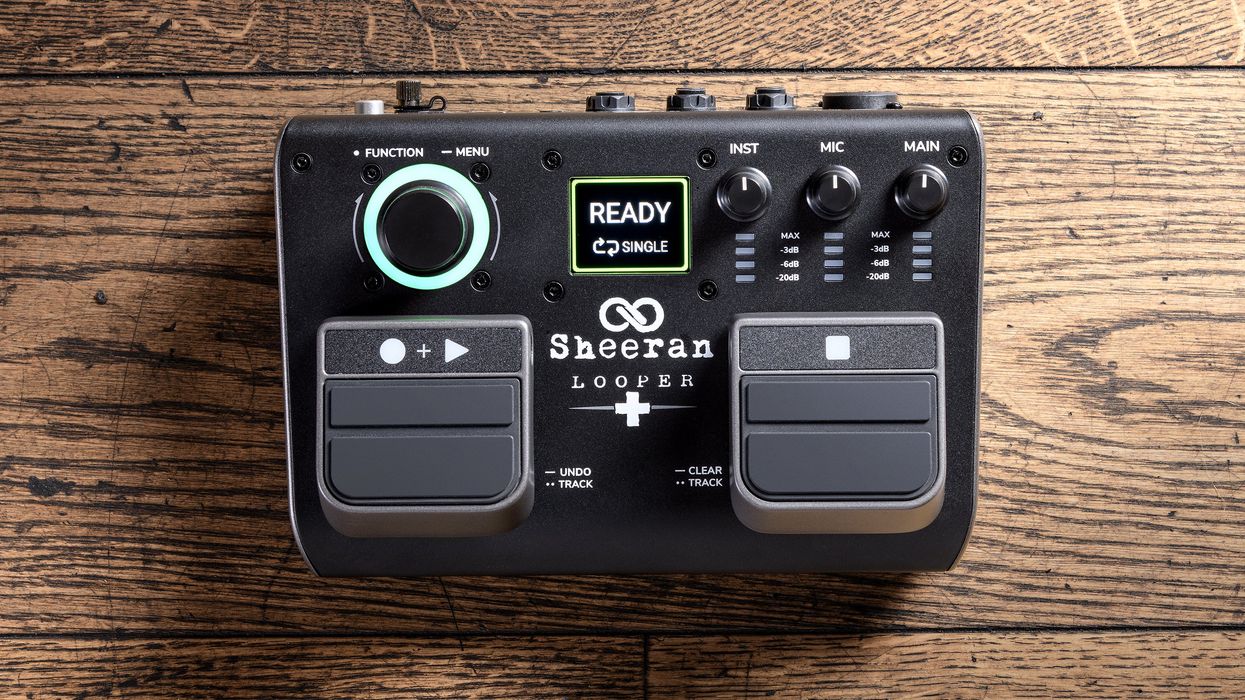
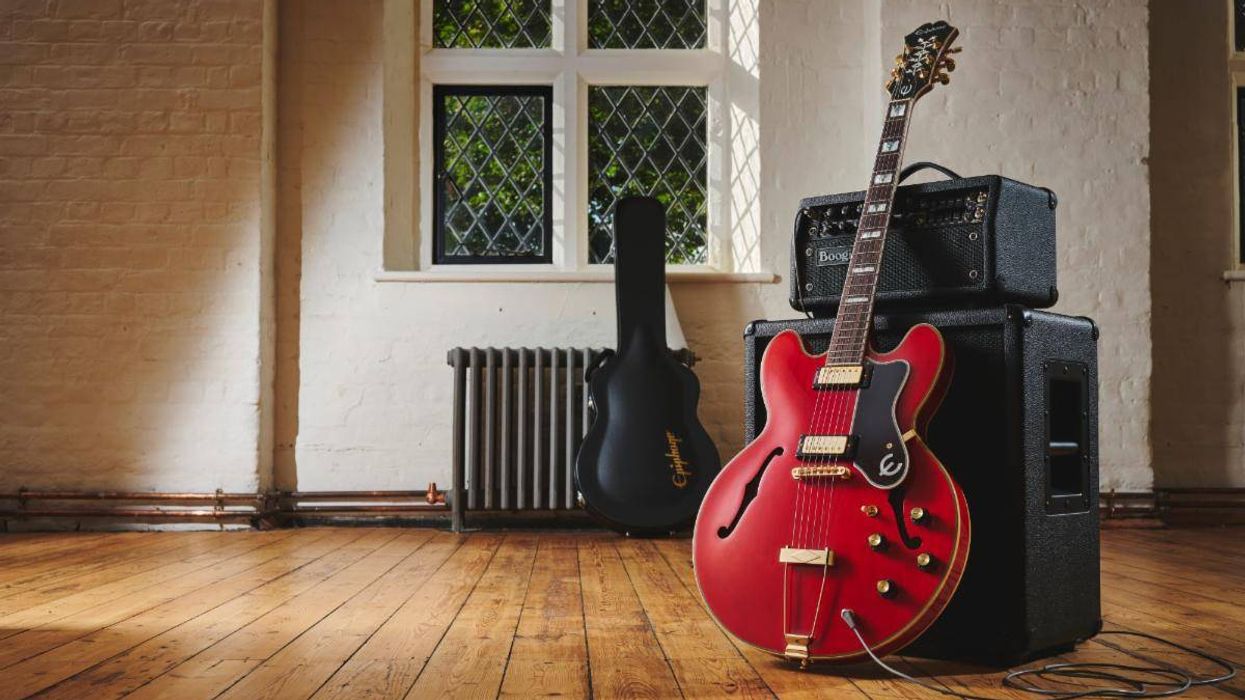
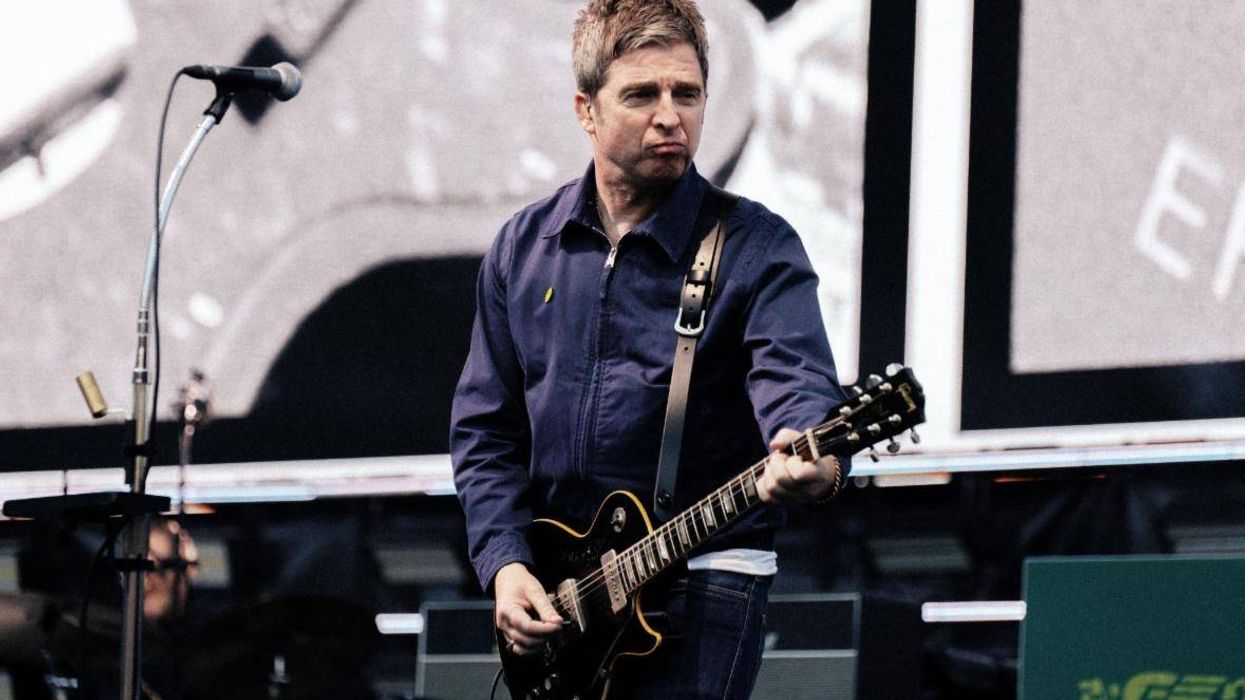
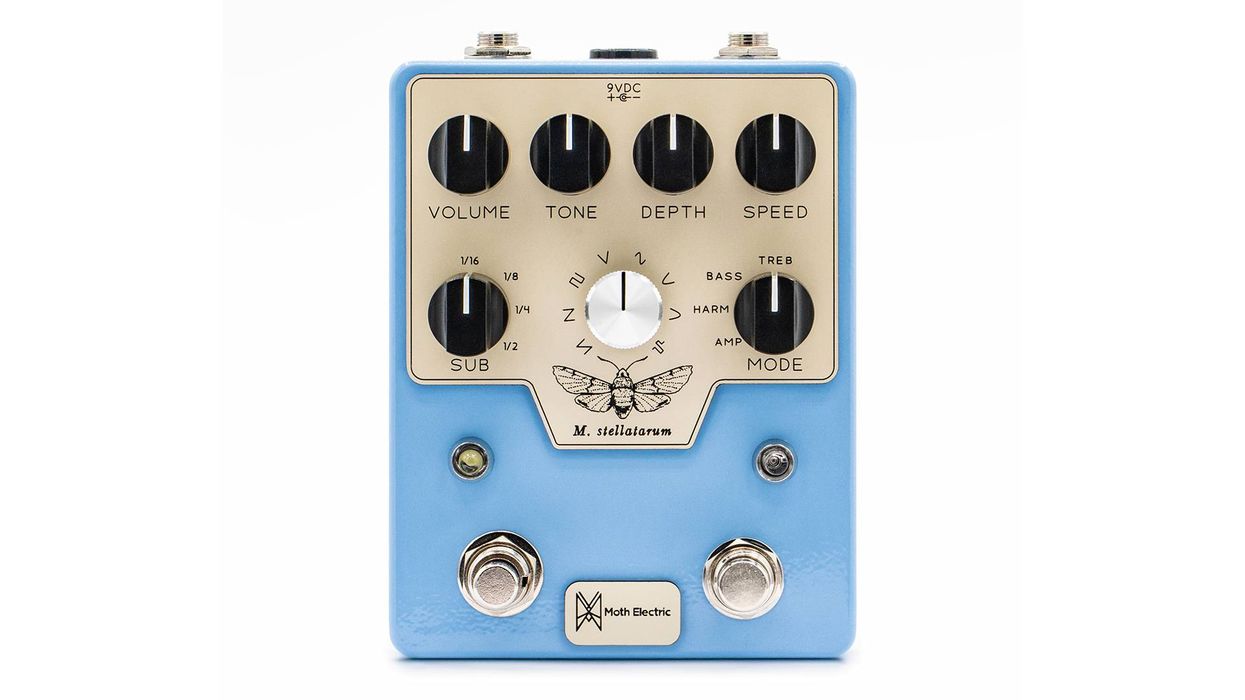
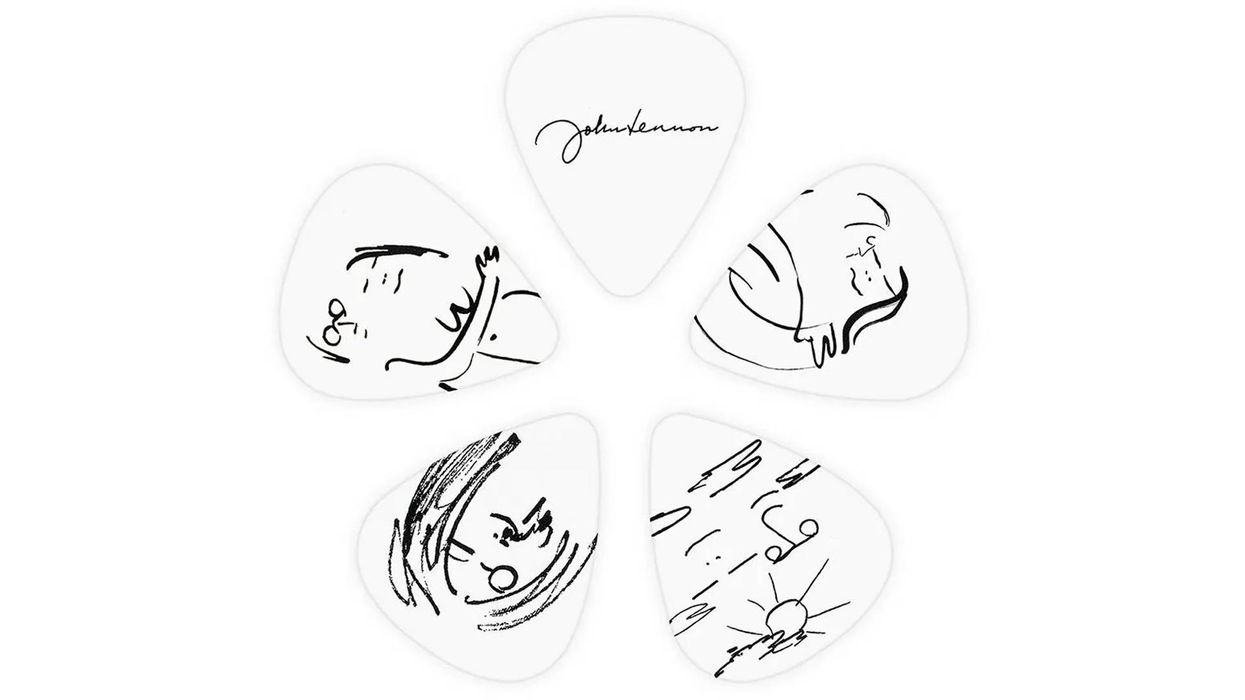
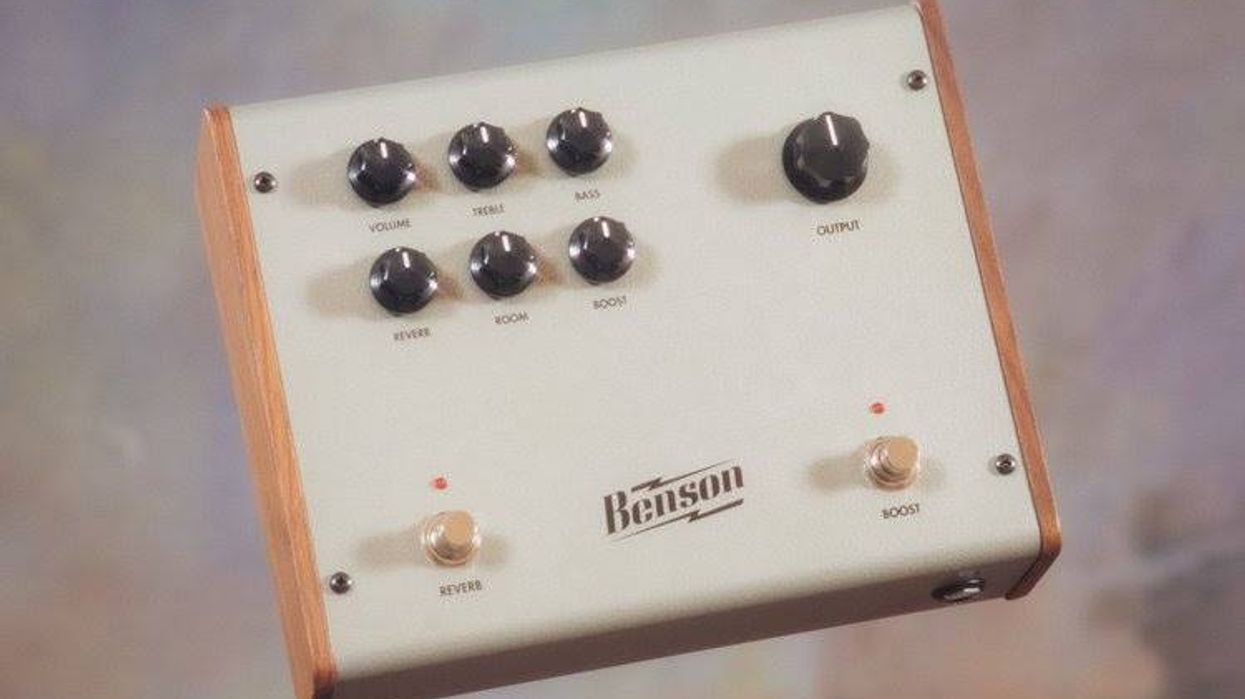
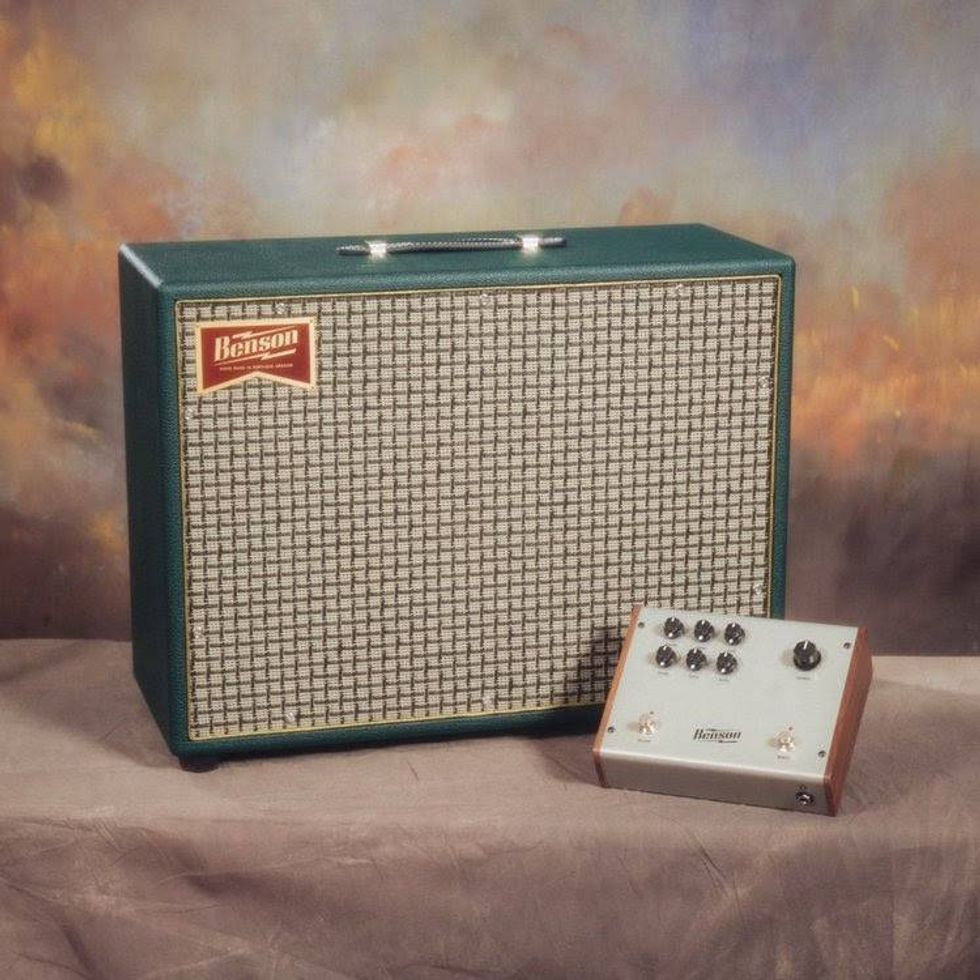
![Devon Eisenbarger [Katy Perry] Rig Rundown](https://www.premierguitar.com/media-library/youtube.jpg?id=61774583&width=1245&height=700&quality=70&coordinates=0%2C0%2C0%2C0)
